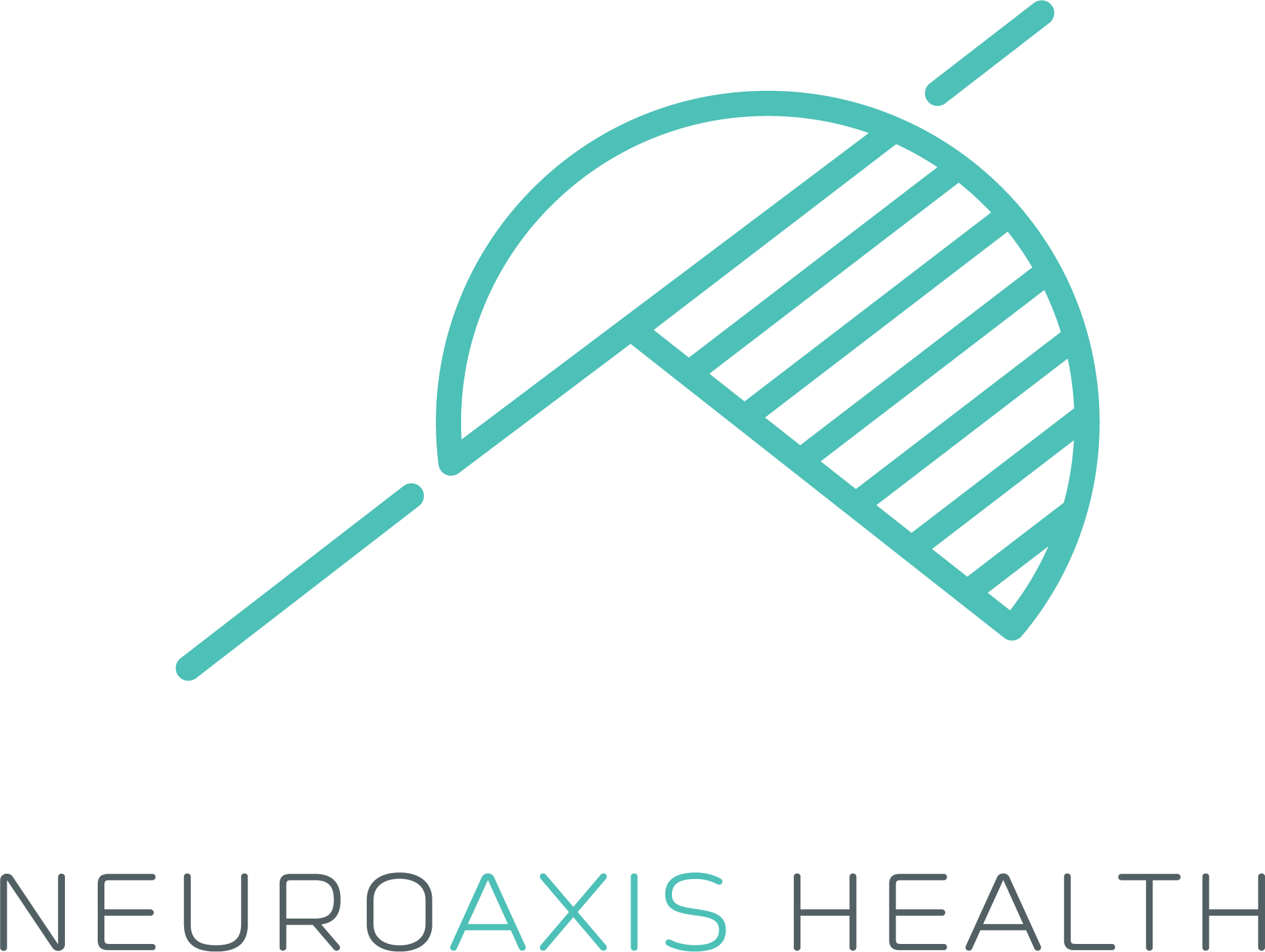Neuromodulation Therapy
At NeuroAxis Health, we are dedicated to providing cutting-edge non-invasive neuromodulation therapy for individuals undergoing neuro rehabilitation. Our team of experienced professionals is committed to helping patients regain function and improve their quality of life through innovative treatment approaches.
Non-invasive Neuromodulation Therapy
Non-invasive Neuromodulation Therapy refers to the use of targeted electrical, magnetic, or optical stimulation to modulate the activity of the nervous system. This therapeutic approach aims to alter neural activity patterns, promote neuroplasticity, and improve neurological function in individuals with various neurological conditions and for those seeking to optimize physical and cognitive performance.
Comprehensive Assessments:
Before initiating treatment, our team conducts a thorough neurological evaluation and utilizes Quantitative Electroencephalography (brainwave analysis) to customize a therapeutic approach that is specific to your brain.
Individualized Treatment Plans
Based on the evaluation results, we design individualized treatment plans tailored to address each patient's unique needs and challenges. Our goal is to optimize functional recovery and promote independence in daily activities.
Collaborative Approach
We believe in a collaborative approach to care, involving patients, families, and caregivers in the treatment process. By working together as a team, we maximize treatment effectiveness and support long-term success.
Continuum of Care
Our support extends beyond the clinic walls. We provide ongoing monitoring, follow-up care, and resources to help patients maintain progress and achieve their rehabilitation goals.
Non-Invasive Neuromodulation Therapy at NeuroAxis Health
Transcranial Direct Current Stimulation (tDCS):
tDCS involves delivering a low-intensity direct current to specific areas of the brain and/or spine by using electrodes placed on the scalp or spine .
The gentle electrical current helps to modulate neuronal excitability, influencing synaptic plasticity and cellular function in the brain and spine.
Studies have shown this type of stimulation can increase blood flow, the growth of new blood vessels and capillaries, and neurogenesis (the generation of new dendrites and neuronal connections).
tDCS has been investigated for its potential therapeutic effects in conditions such as depression, chronic pain, stroke rehabilitation, Parkinson’s disease and cognitive enhancement.
Transcranial Alternating Stimulation (tACS):
tACS involves applying a sinusoidal electrical current to the scalp to entrain brain oscillations in specific frequency ranges.
By synchronizing neural activity, tACS may modulate brain networks and influence cognitive processes.
Research suggests potential applications for tACS in improving memory, sleep, chronic pain, attention, and motor function.
Transcranial Pink Noise Stimulation (tPNS):
tPNS involves applying electrodes along the surface of the scalp in order to target specific brain regions.
Pink noise, also known as 1/f noise, is a type of noise where there is equal energy per octave, resulting in more energy in lower frequencies than higher frequencies.
It has been postulated that this frequency spectrum resembles the naturally occurring signals in the self-organization of the brain (Van Orden et al., 2003), thus, when applied, may be more effective than standard electrical stimulation parameters.
Recent studies have shown significant improvements with decreasing food cravings in addiction, reducing tinnitus and chronic pain.
Photobiomodulation (PBM):
PBM, also known as low-level light therapy, utilizes near-infrared or red light to stimulate cellular function and tissue repair.
Light is applied to the scalp or other body parts, where it is absorbed by mitochondria and triggers various cellular responses.
PBM has been investigated for its potential neuroprotective and neuroreparative effects in conditions such as traumatic brain injury, stroke, and neurodegenerative diseases.
Pulsed Electromagnetic Field (PEMF) Therapy:
PEMF therapy involves delivering electromagnetic fields of varying frequencies and intensities to targeted areas of the body.
It is believed to modulate cellular signaling, promote tissue regeneration, and reduce inflammation.
PEMF therapy has been studied for its potential benefits in managing pain, enhancing wound healing, and improving bone health.
Vagus Nerve Stimulation (VNS):
VNS involves delivering electrical stimulation to the vagus nerve, a cranial nerve that plays a key role in regulating various physiological functions.
By modulating vagal activity, VNS may exert effects on mood, cognition, and autonomic function.
VNS is approved for the treatment of epilepsy, depression, and more recently, for certain types of headache disorders.
Trigeminal nerve stimulation (TNS):
Trigeminal nerve stimulation involves delivering electrical stimulation to the trigeminal nerve, a major cranial nerve responsible for sensory information from the face and head.
By modulating trigeminal nerve activity, TNS may influence neurological functions related to pain perception, mood regulation, and cognitive processes.
TNS has shown promising results in clinical research for conditions such as migraine, depression, and chronic pain syndromes.
Galvanic Stimulation:
Galvanic stimulation applies direct electrical currents to targeted tissues, typically using electrodes placed on the skin.
It can modulate nerve excitability, muscle contractions, and pain perception.
Galvanic stimulation is used in rehabilitation settings for muscle strengthening, pain management, and motor recovery.
These neuromodulation techniques offer promising therapeutic potential across a range of neurological conditions, and ongoing research continues to explore their mechanisms of action and clinical applications.
